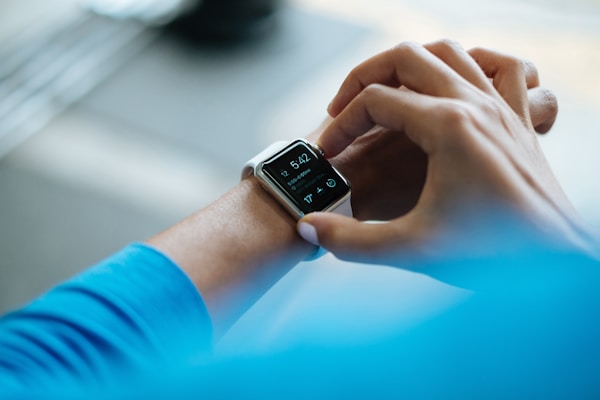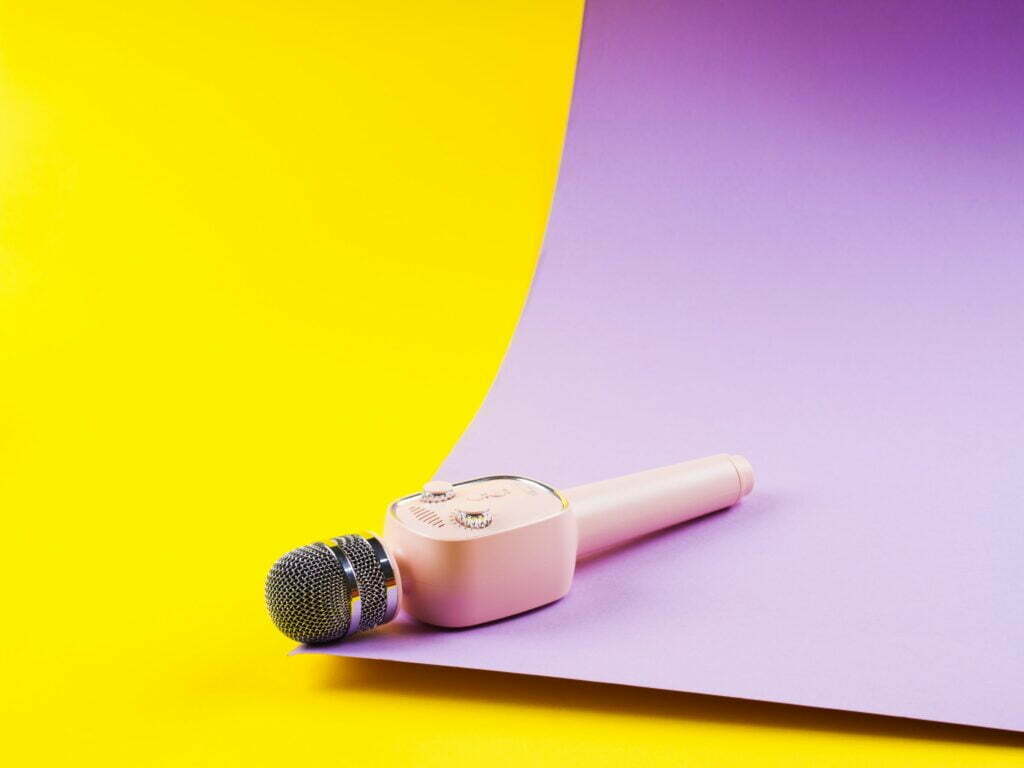Chronic conditions are a growing problem worldwide. According to the World Health Organization, chronic diseases are responsible for 60% of all deaths globally. Health assessment technology can help manage chronic conditions by providing data that can be used to improve patient care. Keep reading to learn more about how health assessment technology can help manage chronic conditions.
What is health assessment technology?

Health assessment technology is becoming increasingly important in the modern healthcare industry. There are a variety of different health technologies that can be used for health technology assessments, including medical imaging technologies, electronic health records, and health information exchanges. Some other examples of health technologies include mobile apps, sensors, and wearables to help people track their health data. The technology assessment data can then be used to help people manage their chronic conditions. For example, a person with diabetes can use a health technology assessment to track their blood sugar levels.
The information from the technology assessment can then be used to change their diet or medication plan. Health technologies can also monitor symptoms of chronic conditions and provide feedback to patients and healthcare providers.
What are chronic conditions?

A chronic condition is a health problem that lasts for a long time and can affect any body part. They can cause pain, make it hard to do everyday activities, and lead to other health problems. Some chronic conditions include asthma, depression, arthritis, heart disease, and more. There is no one-size-fits-all answer for managing a chronic condition, as the treatment plan will vary depending on the individual and the specific condition. However, some general tips can help people with chronic conditions manage their condition and live a whole life. One of the most important things is to have a sound support system.
This can include family, friends, doctors, and other health professionals. These people can offer emotional support, practical advice, and help with managing treatment. It is also essential to have a good understanding of the condition. This can help you to understand what to expect and how to manage your symptoms best. It is also essential to be proactive in managing your health. This includes following your doctor’s instructions, taking medications as prescribed, and making healthy lifestyle choices. Chronic conditions can be challenging to live with, but with the proper support, you can manage your condition.
How do health assessments manage chronic conditions?
Healthcare providers are constantly looking for ways to improve the quality of care that they provide to their patients. One way they do this is by using a health technology assessment. These health technologies can help providers identify early signs of a problem so that they can take action to prevent the patient from getting worse. The ECG is one of the most common uses of health technology because it is a non-invasive way to measure the electrical activity of the heart. The ECG can detect arrhythmias, heart attacks, and other heart problems.
It can also monitor the heart during surgery or other treatments. By detecting these problems early, providers can take action to treat them before they become worse. Another standard health technology assessment is the pulse oximeter. A pulse oximeter is a medical device that indirectly measures the oxygen saturation of a patient’s blood and provides a numerical readout. It is often used to measure the oxygen saturation of a patient’s blood during surgery.
Pulse oximeters are also used to monitor patients with heart or respiratory conditions. The pulse oximeter sensor is a clip placed on a patient’s finger, toe, or ear lobe. The sensor emits light and measures the amount of light absorbed by the patient’s blood. The sensor then calculates the patient’s oxygen saturation. Lastly, another health technology assessment is electroenecephalogrphy.
Electroencephalography (EEG) is the process of recording the electrical activity of the brain. This is done by placing electrodes on the scalp and recording the waveforms created by the brain cells as they communicate with one another. EEG is used to diagnose conditions such as seizures and to monitor the effects of medications or treatments.






